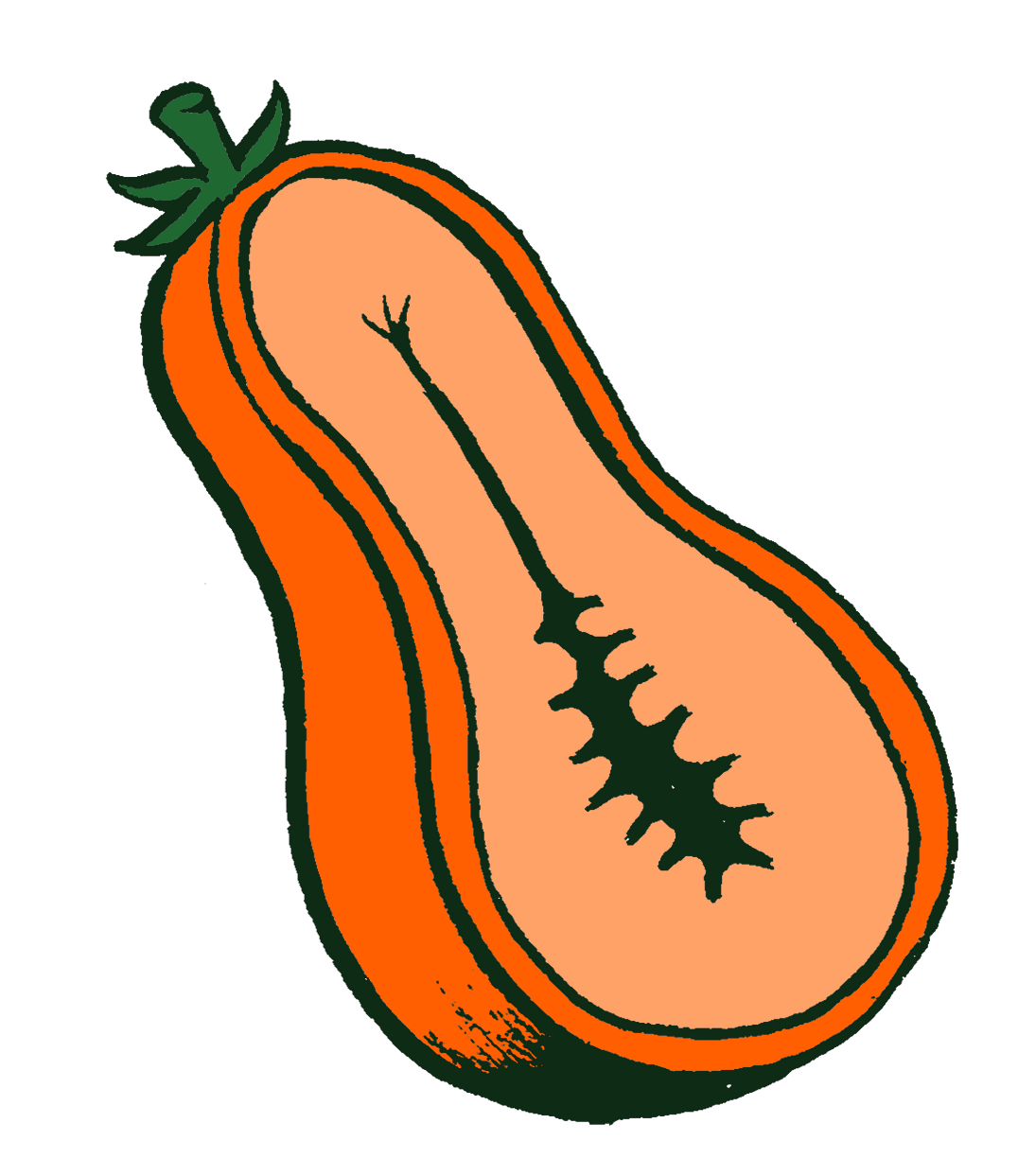Genetically modified crops are way more common than you'd think
It's not just about what you eat – GM crops make their way into everything
Matteo Farinella
All the crops in the United States cover about 318 million acres, an area about twice the size of Texas. A 2016 estimate put the acreage of genetically modified crops at 180 million, or about one Texas. In other words, roughly 57 percent of all crops planted in the US are genetically engineered in some way.
But if you account for the most common GM crops, those numbers shrink dramatically. Corn and soybean alone account for 93 percent of all GM crops in the US (each is 46-47 percent of the GM crop market). If you add cotton, which most people don't eat, that accounts for 99.81 percent of all GM crops in the country. All other GM crops grown in the US – squash, potatoes, apples, among others – is in that leftover 0.19 percent.

Matteo Farinella
Most corn grown today is either glyphosate-resistant, Bt-modified, or both (crops that carry both are called "stacked"). Corn is everywhere – corn starch, corn syrup, corn oil, processed corn meals, and animal feed, for starters. It's useful and ubiquitous. Add to that the nearly complete takeover of the soybean market by engineered plants, avoiding GM crops in some way would be nearly impossible – especially since soybean products are also in everything, from soy sauce to soybean oil to biofuels, from paint stripper to AstroTurf. Anything that contains corn or soy as an ingredient could contain a GM ingredient. Estimates vary, but most put 70 to 80 percent of processed foods in the US as having some kind of modified ingredient.
Finding an actual, whole GM crop (the precise phrase is "living modified organism") in your supermarket is much more difficult. There just aren't that many of them out there. This is chiefly thanks to the difficult regulatory process for getting one approved for sale in most places.
But there are other reasons. The first whole GM food available was the Flavr Savr tomato, which ripened more slowly than other tomatoes to allow it to stay on the vine and remain fresh longer. It was on the market starting in 1994 but was soon removed from stores because it tasted terrible. But, other GE vegetables are available today, like virus-resistant squash, which come with macho, flag-rippling names like Freedom II and Liberator III.

Matteo Farinella
Until 2017, the only whole, actual engineered fruit available in the US was papaya. Papaya in the US is mostly grown in Hawaii, where it was first introduced in the 1910s from Barbados and Jamaica. Commercial harvest began in the 1940s on the island of Oahu. Soon after, farmers discovered the crop was infected with papaya ringspot virus, spread by aphids and rendering the plant stunted and misshapen. Infected crops yield fewer fruit, and the fruit that is left behind tastes and smells bad.
In the 1950s, papaya harvesting was moved to the Big Island, where the virus didn't yet exist. But the virus slowly encroached over the decades, even when, In 1978, research into controlling the virus began. By the late 1990s, the Hawaiian papaya industry was on the brink of collapse. In 1997, the FDA and EPA gave approval to virus-resistant, GE papaya. Within three years, most Big Island papaya growers were planting GE crops. Now, all papaya grown in the US is a GE variety resistant to the ringspot virus, though non-GE papaya is still grown in other parts of the world.
Recently, the Arctic apple was introduced to the US market. This apple's distinction is that it doesn't turn brown after being cut. While that doesn't sound like much of a change, proponents argue this change will cut down on food waste, since people won't be inclined to throw out a discolored but otherwise edible apple. It's also unique because instead of inserting a gene from another species, this apple is modified to produce less of an existing gene, the one responsible for browning; its modification is entirely within the apple's own genome.
The list of GE food available is not lengthy but if you enjoy databases, feel free to peruse one that sorts by plant, trait, and country here. They include alfalfa engineered to have less lignin and make more digestible animal feed, virus resistant plums, and carnations engineered to be colored blue.